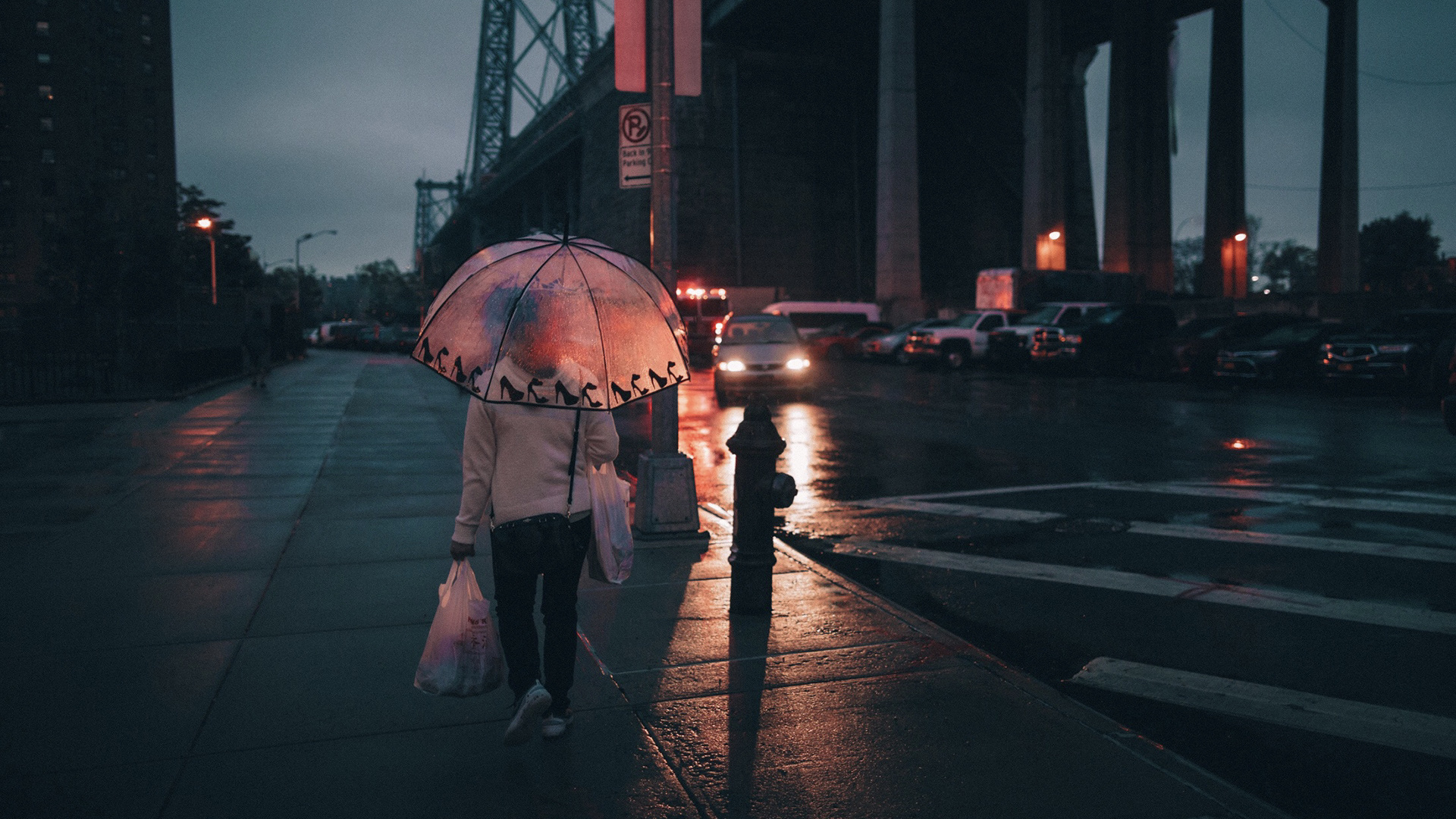Street Photographers for Beginners
Street Photographers for Beginners
Blog Article
The Greatest Guide To Street Photographers
Table of ContentsThe Basic Principles Of Street Photographers The Best Guide To Street PhotographersThe 9-Minute Rule for Street PhotographersWhat Does Street Photographers Mean?The Only Guide for Street Photographers
Street digital photographers do not always have a social objective in mind, yet they prefer to isolate and record minutes which might or else go undetected.He was affected by numerous of those who influenced the street photographers of the 1950s and '60s, he was not chiefly interested in recording the spirit of the street., that worked side by side with photographers trying to capture the essence of city life.
Since of the comparatively primitive innovation available to him and the long direct exposure time required, he had a hard time to catch the stress of the Paris roads. He trying out a collection of photographic techniques, attempting to locate one that would allow him to record movement without a blur, and he discovered some success with the calotype, patented in 1841 by William Henry Fox Talbot. While the professional photographers' subject was essentially the same, the outcomes were considerably various, showing the impact of the professional photographer's intent on the character of the photos he produced.
Provided the great high quality of his pictures and the breadth of product, engineers and musicians often acquired Atget's prints to make use of as reference for their own work, though business rate of interests were hardly his major motivation. Instead, he was driven to photo every last residue of the Paris he loved. The mingled enthusiasm and seriousness of his goal sparkle through, resulting in photos that narrate his very own experience of the city, qualities that anticipated street photography of the 20th century.
What Does Street Photographers Do?
They reveal the city via his eyes. His job and fundamental understanding of digital photography as an art kind served as inspiration to generations of digital photographers that followed. The future generation of road digital photographers, though they likely did not refer to themselves because of this, was introduced by the photojournalism of Hungarian-born digital photographer Andr Kertsz.
Unlike his peers, Brassa utilized a larger-format Voigtlnder camera with a longer exposure time, compeling him to be a lot more computed and thoughtful in his practice than he could have been if using a Leica. (It is assumed that he may not have actually been like this able to manage a Leica during that time, yet he did, nevertheless, make use of one in the late 1950s to take colour photographs.) Brassa's photos of the Paris abyss lit up by man-made light were a revelation, and the compilation of the collection that he published, (1933 ), was a major success.
Cartier-Bresson was a champ of the Leica electronic camera and one of the very first photographers to maximize its capabilities. The Leica enabled the photographer to communicate with the environments and to capture minutes as they happened. Its relatively little size likewise aided the digital photographer fade into the background, which was Cartier-Bresson's preferred strategy.
The Street Photographers Ideas
It is because of this fundamental understanding of the art of image taking that he is often credited with uncovering the medium all over once more about a century since its invention. He took pictures for more than a half century and influenced generations look at here of digital photographers to trust their eye and instinct in the moment.
These are the questions I will try to answer: And afterwards I'll leave you with my very own meaning of road photography. Yes, we do. Allow's begin with defining what a meaning is: According to (Street Photographers) it is: "The act of defining, or of making something precise, unique, or clear"
No, definitely not. The term is both restricting and misleading. Appears like a street photography should be images of a roads right?! And all road photographers, with the exception of a handful of outright beginners, will fully value that a street is not the crucial part to road photography, and really if it's an image of a road with possibly a few boring people doing absolutely nothing of interest, that's not road photography that's a picture of a street.
An Unbiased View of Street Photographers
He makes a valid factor do not you assume? While I agree with him I'm not sure "candid public digital photography" will certainly capture on (although I do kind of like the term "honest photography") because "street photography" has been around for a lengthy time, with lots of masters' names connected to it, so I think the term is below to remain (Street Photographers).
Inside?! I hear you shout as you drink your fist to the sky. Why not? You can contend the beach, at a celebration, in a street, in a park, in a piazza, in a coffee shop, at a gallery or art gallery, in a city station, at an event, on a bridge, under a bridge ...
Street Photographers Can Be Fun For Everyone

Report this page